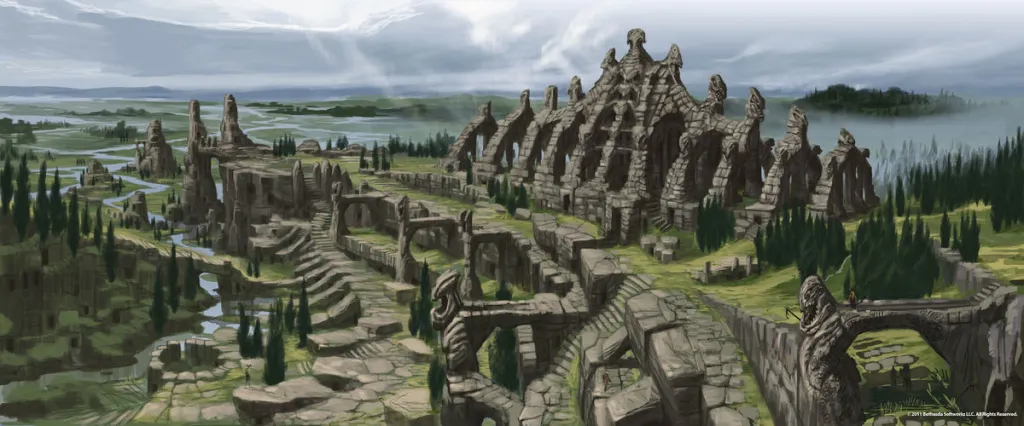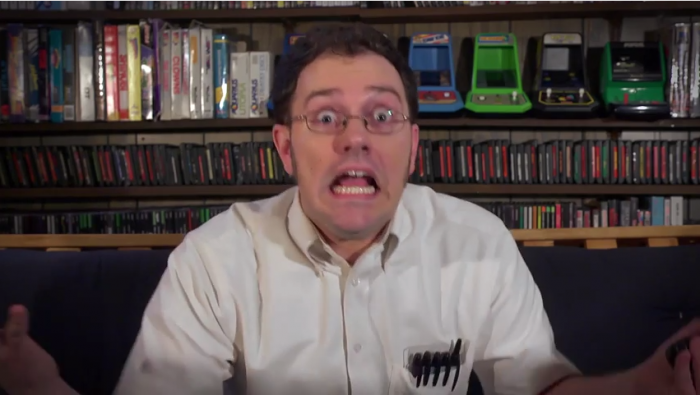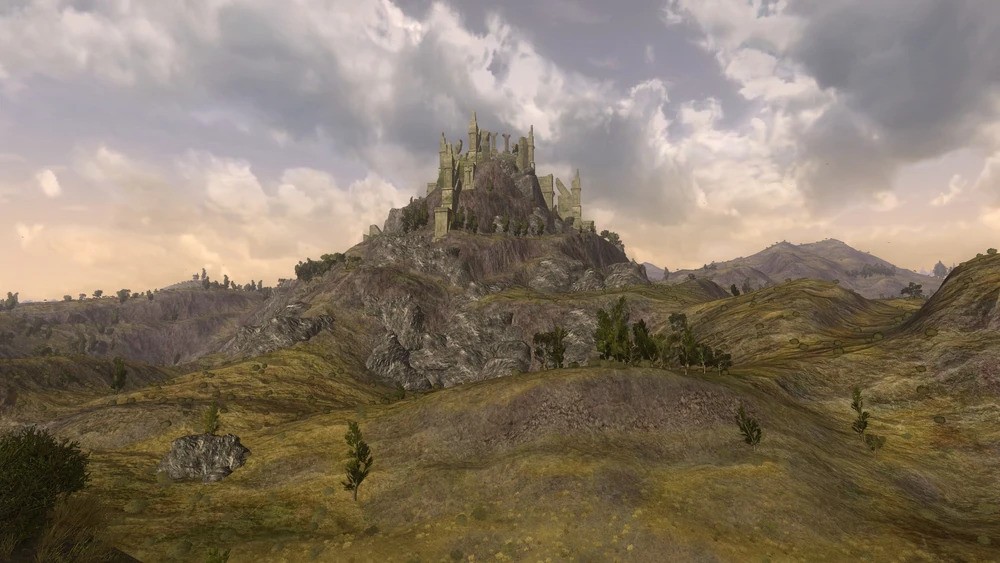Manuscripts should be submitted to the editor via email (jgs.editor@gmail.com), preferably as a Microsoft Word document (.doc or .docx) or Rich Text Format (.rtf); LaTex documents are also acceptable. Figures and tables, if any, should be submitted as separate files. Receipt of the manuscript will be readily acknowledged.
All manuscripts received will be reviewed by the editor(s) before publication. This is done to check if they are within the scope of the journal and if the research seems reasonably sound and referenced. Please note that this is not a formal peer-review process. Each author is responsible for the scientific basis and content of their article.
General Presentation
Manuscripts should be written in English. The Journal of Geek Studies is not a formal scientific publication, so the manuscripts may be written in the manner preferred by each author. Nevertheless, a few format guidelines are presented below.
- Text: Usual fonts, font size 11–12.
- Title: Bold, centered.
- Author(s): First and last names should be spelled in full; middle names may be abbreviated. Author affiliation and address should be indicated by numbers. Please provide an email address for at least one of the authors.
- Headings: Should be in all caps, bold, centered. The second level of headings should be justified, bold. Do not number headings.
- Main text: The organization of the main text is up to each author, but the texts normally consist of an introduction, the main body, and the conclusions. After the main body of the text, please include: references cited (mandatory), suggestions for further reading (if any), acknowledgments (if any), “about the author(s)” (one or two sentences describing the author(s) education and interests). List the figure captions (if any) and table captions (if any) at the very end.
- Scientific basis: General “rules” of science should be followed, for instance: using the International System of Units (metric system); including scientific names of species besides their common names (and italicizing them); using international geological units instead of local ones; etc.
- Scientific jargon: Authors are expected to use (but not overuse) the jargon and vocabulary common to their fields of study. This use of jargon is fine, as long as they are explained in the text for readers not familiar with the field.
References
All the references used for the text should be listed alphabetically at the end of the manuscript. Preferably, the references should also appear in the main text as:
- “Smith (2001) said…”
- or “… (Smith, 2001)…”
- or “… (Smith, 2000a, 2000b; Roberts & Smith, 2004; Smith et al., 2010)…”
For the reference list, the format for each case is given in the examples below:
- Article: Smith, J. & Roberts, B. (2014) Article title. Journal Name 14(2): 101–115.
- Book: Smith, J. (2010) Book Title. Publisher, City.
- Book chapter: Smith, J.; Roberts, B.; Sacredsoul, S. (2009) Chapter title. In: Roberts, B. & Smith, J. (Eds.) Book Title. Publisher, City. Pp. 150–179.
- Website: Author. (2012) Title of website. Publisher name. Available from: http://000.000.000/ (Date of access: 25/Nov/2014).
Figures & Tables
Figure captions should be placed at the end of the manuscript, after the References section. All figures should be submitted as separate .jpeg or .tiff files, with a minimum resolution of 300 dpi, and prepared in a manner ready for publication (that is, we do not offer figure editing services). The source of the figures, when not belonging to the author(s), should be given in the captions.
Tables should be submitted as separate Microsoft Word or Excel files. Table captions should be placed at the end of the manuscript, after the figures’ captions.
The author(s) may indicate the position in the text where they want the figures and tables to appear.
Usage of AI
AI tools can be used to help improve the text, i.e., grammar, writing style, etc. If you used AI in your text, you must include a disclaimer in the Acknowledgements section like the following example:
“ChatGPT (GPT-4, OpenAI) has been used to improve the writing style of this article. The author reviewed, edited, and revised the ChatGPT-generated texts to his/her/their own liking and takes ultimate responsibility for the content of this publication.”
Cover Image
The author(s) may suggest an image to be used as the cover of our volumes. The figure might come from an article by the author appearing on that issue or might be an entirely new creation, provided it connects somehow to one or more articles in that issue. In the latter case, the author does not need to have an article in the journal. Figures to serve as potential cover images should be sent (in .jpeg or .tiff format, with a resolution of 300 dpi) directly to the editor: jgs.editor@gmail.com



